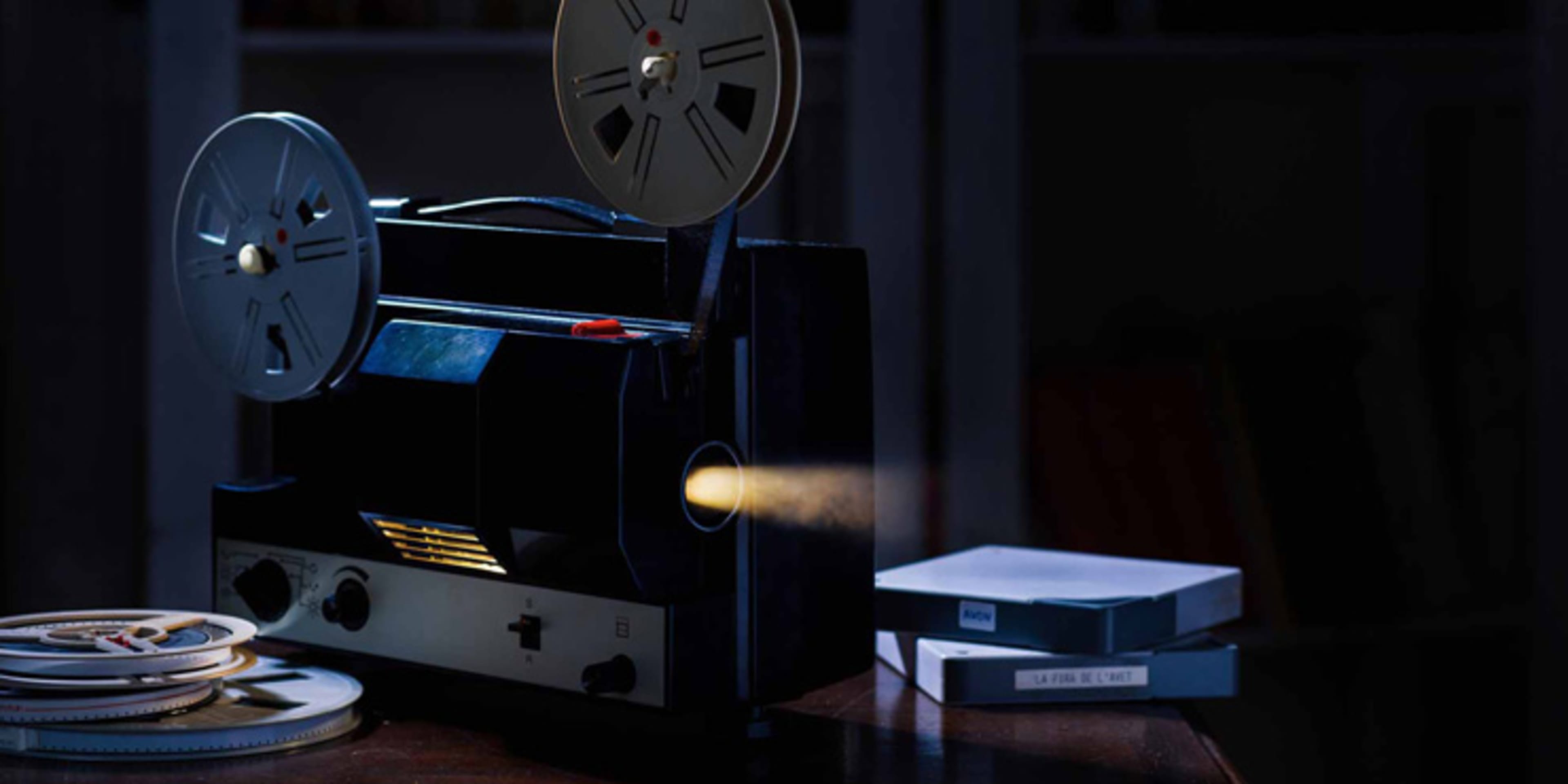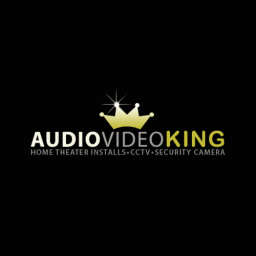
2024

Best Home Theater Installation Services
Find a Top-Ranked Home Theater Installation Service Near You
We did the research for you!
- Licensing
- User Reviews
- Mystery Shopping Calls
Learn about our selection process.
Top Home Theater Installation Services
= Featured Provider
New York, NY
Bright Home Theater
New York, NY 10009Expertise.com Concierge Service
New York, NYMattera Design Inc.
New York, NY 10019
Los Angeles, CA
Audiovideoking
Los Angeles, CA 90046LA Techs
15500 Erwin Street, Los Angeles, CA 91411SOS Standing Ovation Sound Services.
7035 Laurel Canyon BLVD # 16812, North Hollywood, CA 91605-6812
Chicago, IL
Electronic Lifestyle Associates
Elmhurst, IL 60126Minas TV
Chicago, IL 60660HDInstalls
Chicago, IL 60622
Houston, TX
Logan Home Theater & Automation
Houston, TX 77072Multimedia Tech
Houston, TX 77006Dynamiq AV
Houston, TX 77056
Phoenix, AZ
24/7 Audio Video
Tempe, AZ 85283James Electronics, LLC
Phoenix, AZ 85013Components
Gilbert, AZ 85233
Philadelphia, PA
Surround Sounds
Exton, PA 19341Media Rooms Inc.
West Chester, PA 19382Audio Video Concepts & Design
Medford, NJ 08055
San Antonio, TX
Home Theater Proz
San Antonio, TX 78213Technical Services Group of San Antonio
San Antonio, TX 78232Home Technology Group
San Antonio, TX 78216
Dallas, TX
Honest Install
Richardson, TX 75081Charlie Brown Sound
Flower Mound, TX 75028The Audio Guy
Lewisville, TX 75056
San Diego, CA
Far West Electric
Escondido, CA 92027Andrus Audio Inc.
San Diego, CA 92101HD Hookups
San Diego, CA 92111
San Jose, CA
HPAV
Dublin, CA 94568Evergreen Home Systems
Mountain View, CA 94040SerTech Electronics
San Jose, CA 95123
Top Home Theater Installation Services in other locations
- Home Theater Installation Services in Scottsdale, AZ
- Home Theater Installation Services in Fort Lauderdale, FL
- Home Theater Installation Services in Fort Collins, CO
- Home Theater Installation Services in Hartford, CT
- Home Theater Installation Services in West Palm Beach, FL
- Home Theater Installation Services in Fairfax, VA




















.jpg)










